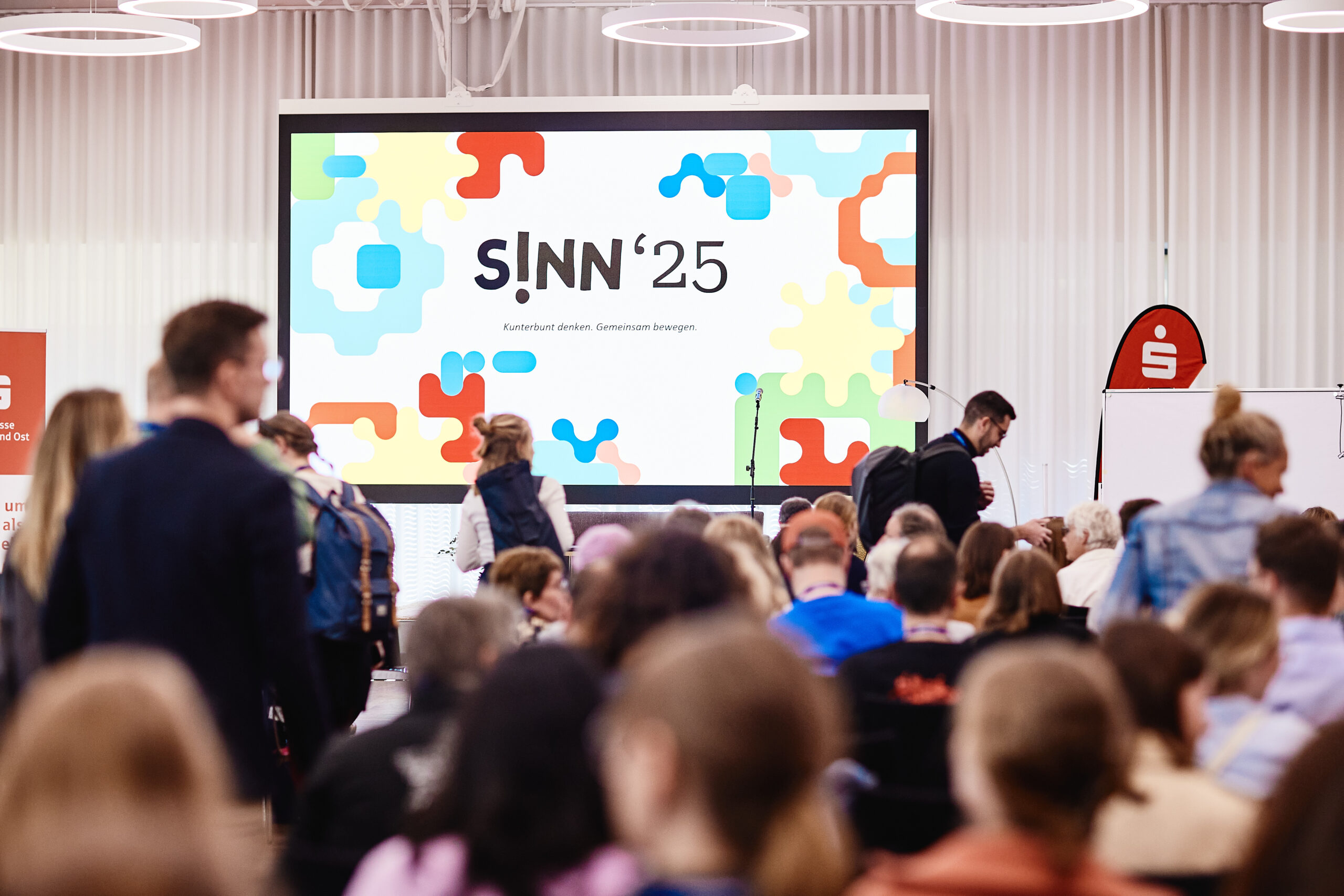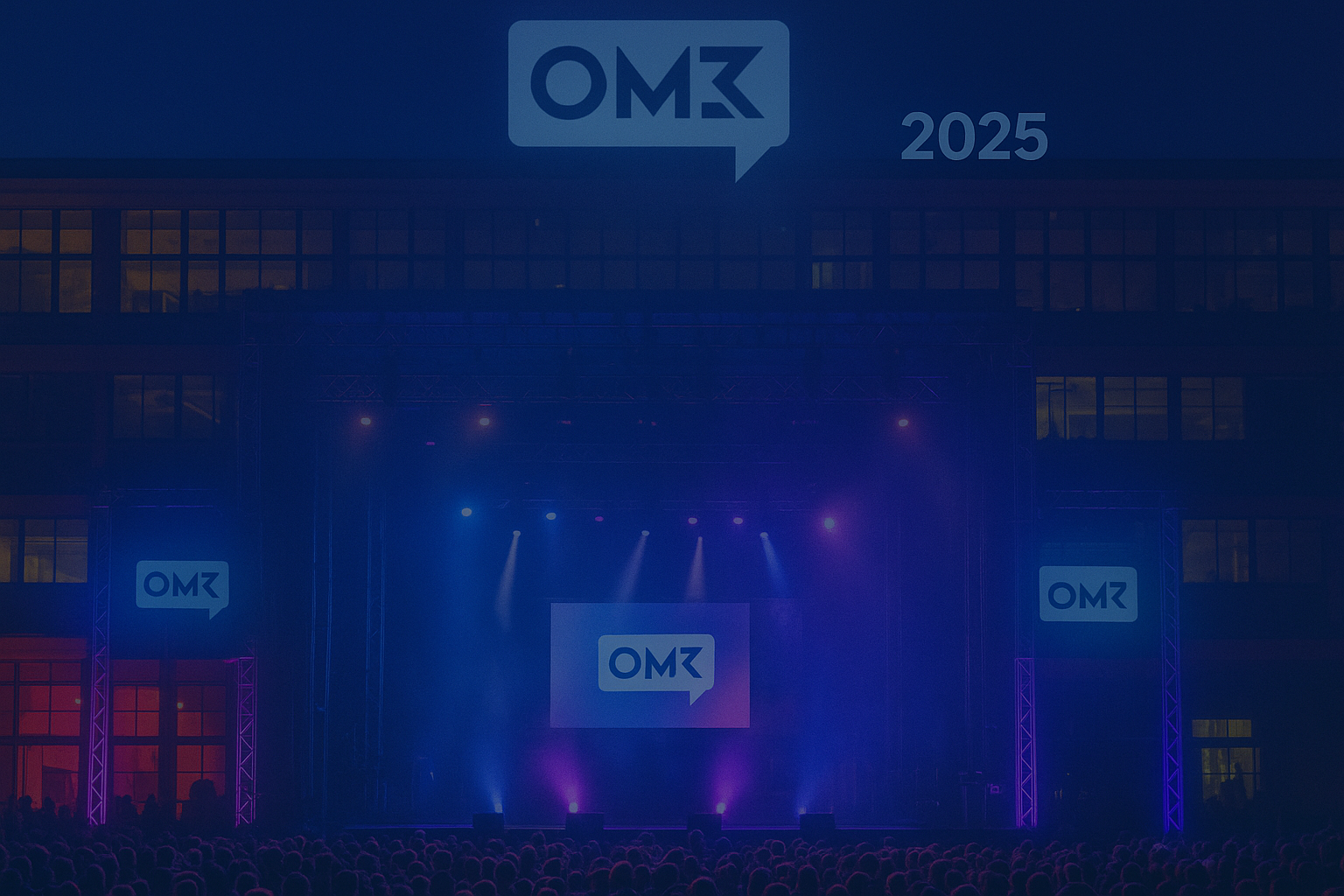Kevin Anderson ist unser Keynote-Speaker beim kommenden Social Media FORUM – er ist einer der führenden Medienköpfe Großbritanniens und hat sowohl für die BBC als auch den Guardian gearbeitet. Im Interview klärt er einige Hintergründe und Herausforderungen zum Konferenzschwerpunkt rund um den „Future of Context“.
1) Kevin, as an expert for new digital media strategies you will be giving a talk on the „future of context“ at the upcoming Social Media FORUM on Sept 28. Can you give three keywords that describe what we can expect from your talk?
Relevance, insight, value
2) Is „context“ the turning key for the misled strategies of media companies in the Internet? And if so what is the explanation?
First I should say, as much as everyone in the industry wishes it, there are no silver bullets, no single solution that will solve the problems that media companies are facing. The iPad won’t save us. Paywalls won’t save us, and simply finding ways to increase context won’t on its own save us.
That being said, most current digital media strategies are fundamentally flawed. They are mostly based on the premise that internet really is just another distribution medium like radio, television and print. They rely on a media landscape of scarcity instead of abundance. These outdated assumptions are rooted in the era of mass media. In 20th Century mass media models, which relied on just a few sources of information and entertainment, success relied upon building the biggest audience possible and using paid content and advertising to make loads of money.
As Edward Roussel of the Telegraph (http://www.guardian.co.uk/media/pda/2010/feb/03/telegraph-website-stop-chasing-hits), said, the link between rising audience and higher returns was true until the spring of 2008. Then something happened. Yes, it was partly due to the recession, but it is also due to an oversupply of online advertising space. As Paid Content says, premium and mid-tier publishers are creating too much content and cannot find enough ads to run against that content. As in any market, if supply outstrips demand then you have downward price pressures.
There are exceptions. With the online advertising recovery, The Daily Mail in the UK has been able to outgrow the competition and translate that into commercial success. Big still sometimes wins. There are still lucrative verticals such as business in which returns have stood up or actually grown during the recession. The Wall Street Journal, The Economist and The Financial Times are all enjoying success, partly due to increasing interest in business and finance due to the recession. However, most other publishers find themselves under severe pressure.
To change our fortunes, we first need to question the assumptions underlying 20th Century media business models. Until the 1980s, both audiences and advertisers had fewer choices and media owners could charge monopoly rents for advertising. But when the multi-channel world, whether broadcast or online, arrived, the media’s first reaction was to create more channels and content to try to take advantage of increased distribution opportunities. We’re now seeing the limits of such an approach as the law of diminishing returns takes hold.
Context is about adding value to content in ways that benefit audiences and advertisers. It makes it easier for audiences to find and make sense of relevant content. Adding context, rather than simply creating more content, is about realising that content is no longer scarce, but audiences’ time and attention is. It helps advertisers by providing opportunities for more highly targeted advertising.3) But this strategy means allocating resources for producing context? Isn’t this against the recent strategies of media companies that are just cutting costs because of the „lousy pennies“ of online advertising?
While media companies, especially newspapers, have been cutting staff to cut costs, they have also been creating more content (http://www.cjr.org/cover_story/the_hamster_wheel.php). Digital production techniques make this possible but, again, we’re starting to reach the limits of that strategy. Basically, we have an oversupply of content driving an oversupply of digital advertising space, and traditional markets have one way of valuing a surplus: returns plummet.
The market is already flooded and the last thing we need is more content. A study commissioned by the Associated Press (link pdf) found that young audiences were shutting off because they were lost in a deluge of episodic updates. The key conclusion was: „The subjects were overloaded with facts and updates and were having trouble moving more deeply into the background and resolution of news stories.“ In essence, the news industry is acting against its own economic interest by producing more content and exacerbating the problem of information overload. It’s like trying to save a drowning man by giving him a glass of water.
We need a much more focused approach. Allocating resources to producing context around existing content while making strategic choices about what not to produce will create opportunities by adding value and creating differentiated products. Yes, we live in a world of flow, with constant streaming updates, but mining that flow for context and value-added information will be where sustainable business models are.4) So putting the weight on the „context“ – what are the formats and examples of this strategy?
Thomson-Reuters has a service called Calais. It analyses thousands of mainstream media and non-traditional sources of information every day. It powers services such as Zemanta, which allows bloggers and traditional journalists to easily add images and links, which add context, to articles. As a platform, Thomson-Reuters can sell Calais to enterprises to make sense of the data and information they create, but it’s also a tool the company itself uses to algorithmically find meaning in the flow of information from traditional and non-traditional news organisations, e.g. finding new companies to watch before they show up on the traditional news radar.
One of my favourite examples right now is Sunlight Foundation’s Politigraft (http://poligraft.com/). Using public information about political contributions and a service like Calais, they reveal details about donors and major campaign contributions to members of Congress. It quickly adds a layer of context in any story involving political leaders.
The Guardian is achieving some great things with their Datablog (http://www.guardian.co.uk/news/datablog) and Datastore (http://www.guardian.co.uk/data-store). Data is a key part of many stories that journalists write everyday, but in the past, the only thing we with did with those numbers was highlight a few. Now, the Datablog not only allows everyone to see the full set of numbers, but by hosting them on Google Docs for others to download, people with skills in data visualisation are able to present these numbers in new and creative ways. The Guardian has a group on Flickr to allow them to highlight their work. (http://www.flickr.com/groups/guardiandatastore/)
The BBC also had another great example during the World Cup this year. They called it dynamic semantic publishing (http://www.bbc.co.uk/blogs/bbcinternet/2010/07/bbc_world_cup_2010_dynamic_sem.html), and it took the official FIFA statistics to dynamically create a rich store of information about players, teams and groups. Not only was it a rich presentation of the facts around the World Cup, but it also helped their audience discover BBC coverage of their favourite teams and players.5) If you take a look ahead in the future – what kind of media companies are able to adapt to that strategy?
The kind of companies that have been able to adapt to this strategy have been ones that see beyond traditional containers of content. For news, they realise that the written story is no longer the atomic unit, the indivisible unit, of journalism. There is data and context within the story, context that can be linked and used to draw connections between seemingly unrelated events in our increasingly complex world. Context is not just about adding value to pieces of content, but it also helps make it easier to organise and add news ways for audiences to find and discover what is relevant and interesting to them.
Die Analyse ist m.E. absolut zutreffend. Nur wenige der großen Medienhäuser setzen auf Qualität. Als Reaktion auf die neuen Medienangebote und den „Echtzeitjournalismus“ werden immer mehr Inhalte produziert (oder auch schon mal „durchgeleitet“). Solange die Display-Werbung weiter zulegt wird diese Entwicklung offenbar kaum hinterfragt – auch wenn das ökonomische Ergebnis weit hinter den Erwartungen zurückbleibt. Ohne eine radikale Zuwendung auf den qualitativen Ausbau des eigenen Angebotspektrums (und das müssen bei weitem nicht nur redaktionelle Inhalte sein) werden Paid Content Strategien nicht greifen. Geld gibt es nur für Relevanz (im engsten aller Sinne), Wissensvorsprung (passt irgendwie besser als „insight“) und echte Gegenwerte – die Schlagworte, die er eingangs des Interviews gewählt hat, finde ich hierfür absolut passend (auch wenn sie in einem anderen Kontext verwendet wurden).





